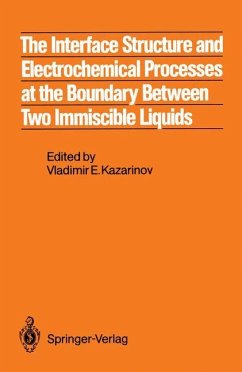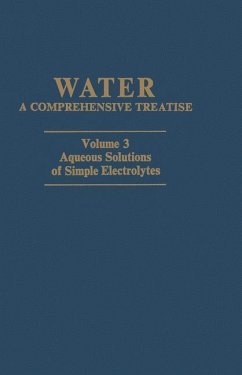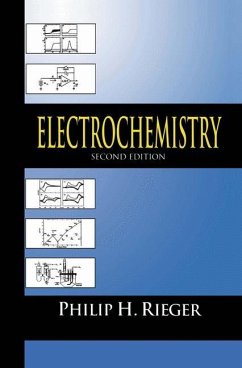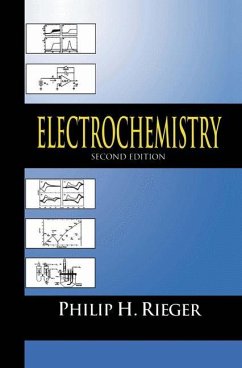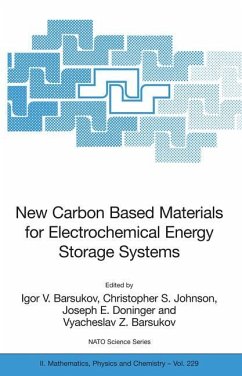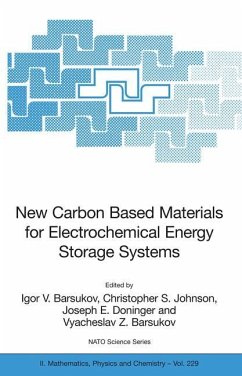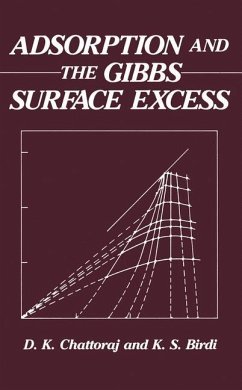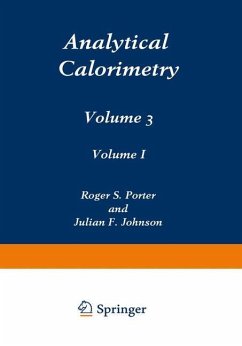
Lectures on Electrochemical Corrosion

PAYBACK Punkte
58 °P sammeln!
Workers in the field of corrosion and their students are most fortunate that a happy set of circumstances brought Dr. Marcel Pourbaix into their field in 1949. First, he was invited, while in the USA, to demonstrate at a two week visit to the National Bureau of Standards the usefulness of his electro chemical concepts to the study of corrosion. Secondly, also around the same time, Prof. H. H. Uhlig made a speech before the United Nations which pointed out the tremendous economic consequences of corrosion. Because of these circumstances, Dr. Pourbaix has reminisced, he chose to devote most of h...
Workers in the field of corrosion and their students are most fortunate that a happy set of circumstances brought Dr. Marcel Pourbaix into their field in 1949. First, he was invited, while in the USA, to demonstrate at a two week visit to the National Bureau of Standards the usefulness of his electro chemical concepts to the study of corrosion. Secondly, also around the same time, Prof. H. H. Uhlig made a speech before the United Nations which pointed out the tremendous economic consequences of corrosion. Because of these circumstances, Dr. Pourbaix has reminisced, he chose to devote most of his efforts to corrosion rather than to electrolysis, batteries, geology, or any of the other fields where, one might add, they were equally valuable. This decision resulted in his establishing CEBELCOR (Centre BeIge d'Etude de la Corrosion) and in his development of a course at the Free University of Brussels entitled "Lectures on Electrochemical Corrosion." This book is the collection of these lectures translated into English.






